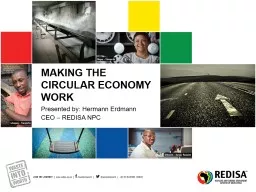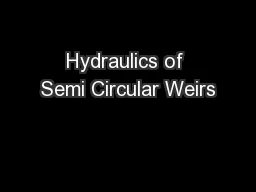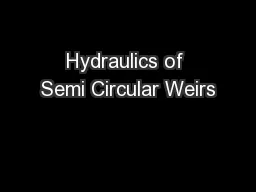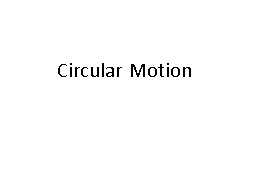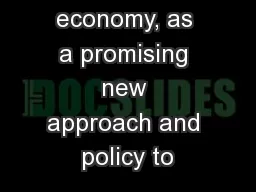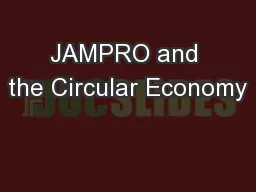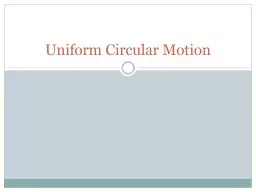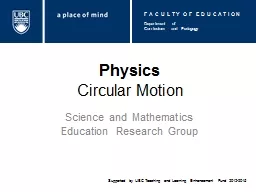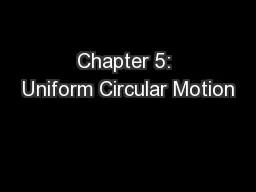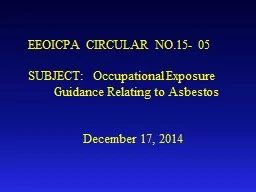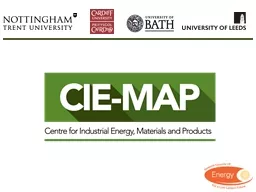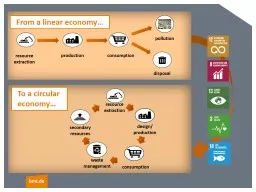PPT-Making the circular economy work
Author : pamella-moone | Published Date : 2017-08-04
Presented by Hermann Erdmann CEO REDISA NPC The Circular Economy REDISAS EXPERIENCE Target by end year 5 Over 3000 jobs created In 3½ years tyres diverted went
Presentation Embed Code
Download Presentation
Download Presentation The PPT/PDF document "Making the circular economy work" is the property of its rightful owner. Permission is granted to download and print the materials on this website for personal, non-commercial use only, and to display it on your personal computer provided you do not modify the materials and that you retain all copyright notices contained in the materials. By downloading content from our website, you accept the terms of this agreement.
Making the circular economy work: Transcript
Download Rules Of Document
"Making the circular economy work"The content belongs to its owner. You may download and print it for personal use, without modification, and keep all copyright notices. By downloading, you agree to these terms.
Related Documents

